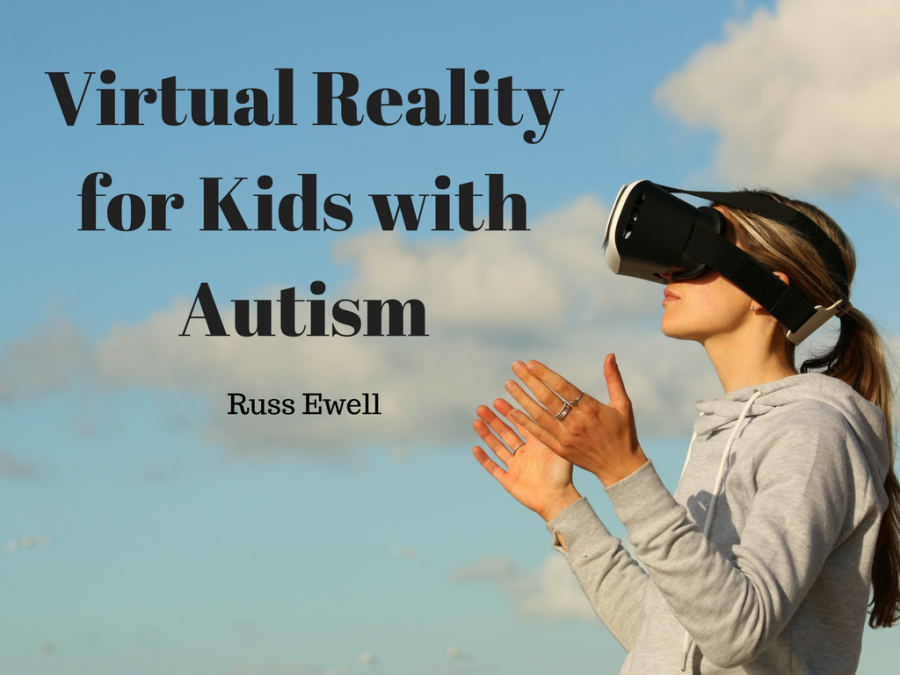Evolving over decades, technology has changed the way society functions. From advanced features in homes such as a refrigerator that plays music to a vacuum that roams your home all on its own. In addition to lifestyle convince, technology has had a huge impact in advancing the way we communicate and learn– particularly in the area of developmental skills with those who have disabilities. In a growing trend, technology is a tool used to enhance how students learn in school.
About 1 in 68 children are identified with autism spectrum disorder (ASD). This developmental disability can affect speech, language, cognitive learning, and more.
When technology first emerged for children, many parents were skeptical (and many still are) to allowing their children time with technology. Mindless video games and television shows seemed to have no educational value to their children, thus only wasting their time. In efforts to utilize this advanced power, teachers and engineers have drastically changed the idea of wasteful technology– enter what is called “assistive technology”.
For individuals with autism, developmental skills and communication are a challenge. Through assistive technology, someone on the autism spectrum can have improved quality of life. The Autism Speaks’ Innovative Technology for Autism Initiative (ITA) advocates to adapt and promote technology in order to positively impact individuals with autism
One of the common forms of technology for individuals with autism are PDAs. Personal Digital Assistants have come a long way since their creation. They are popular among businessmen and entrepreneurs, but are also a great tool for people on the autism spectrum. PDAs allow individuals to stay organized and on top of their schedule. A PDA eases frustration of an individual with autism by allowing them to be more independent and keeping track of their activities. PDAs provide reminders to move from one task to another, without the need of human interaction.
Many people with autism prefer computer interaction over human communication. Assistive devices create a world where they feel less anxious and reduced frustration for easier human communication. Think of a basic cell phone. People carry their phones everything. From cameras and calendars to speed dial and contacts, cell phones allow for easy functionality with everyday tasks. Quick phone calls or text messages make communicating through cell phones convenient and less stressful than in-person contact at times.
Another form of assistive technology that individuals with autism favor are ipads and mobile devices. Applications are readily downloadable with interactive games. Beyond general gaming, apps can help track migraines, seizures, sleep, medications and more. Apps can assist with cognitive development, behaviors/cues, and communication.
Assistive technology is a digital tool that improves cognitive learning and communication for individuals with autism. More importantly, it creates and builds confidence. These tools help people with autism navigate social situations. Thanks to technology, we are able to bridge a gap between typically developing children, and children on the autism spectrum.

